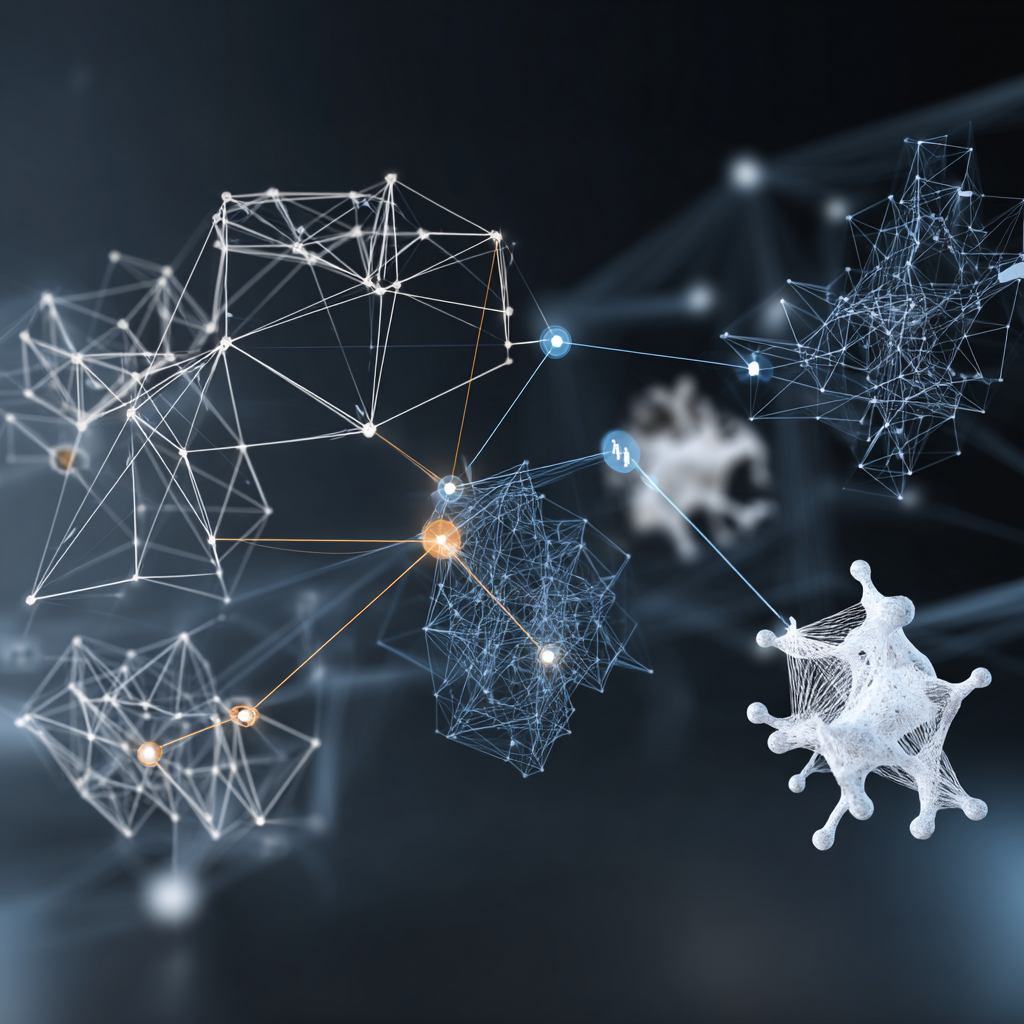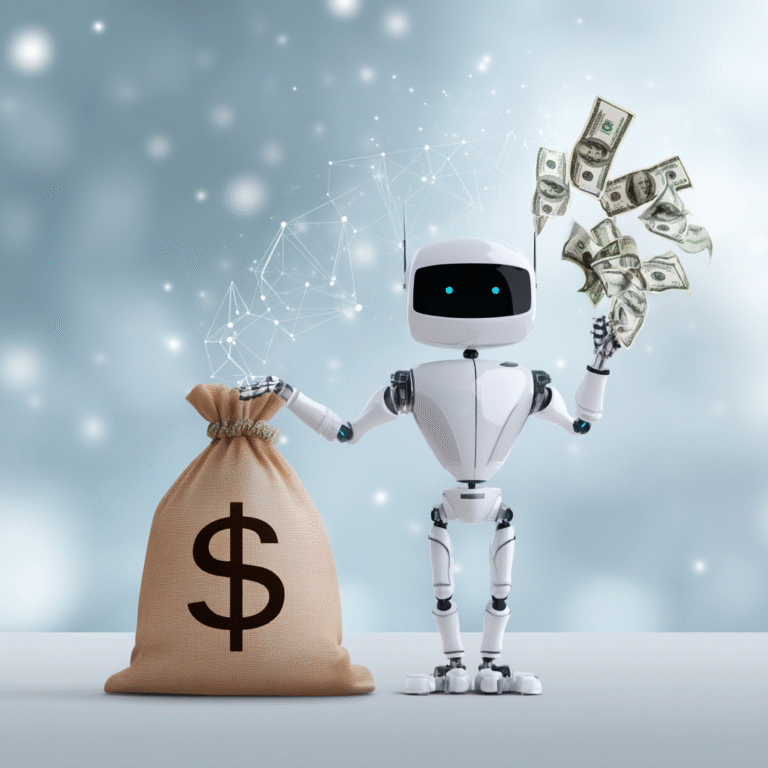Transfer Learning: Reusing Knowledge to Build Smarter ML Models Faster
Training a state-of-the-art machine learning model from scratch is a monumental task. It requires massive, high-quality datasets, immense computational power, and weeks or even months of training time. For most developers and organizations, this is simply out of reach. So, how can a small startup build an app that accurately identifies dog breeds, or a research lab create a model that understands medical texts, without the resources of a tech giant?
The answer is one of the most practical and powerful concepts in modern AI: Transfer Learning. This is the machine learning technique of taking a model that was pre-trained on a large, general dataset for one task, and repurposing its learned knowledge as a starting point for a second, related task. This approach has become the default for a vast number of applications in computer vision and natural language processing (NLP).
This deep-dive guide will explain the intuition behind transfer learning, break down its core strategies, showcase the most influential pre-trained models, and explore the real-world applications that are making AI more accessible and efficient than ever before.
The Core Intuition: The Master Chef’s New Cuisine
Imagine a master chef who has spent 20 years perfecting French cuisine. They have a deep, intuitive understanding of fundamental techniques: how to balance flavors, the science of heat transfer, knife skills, and plating aesthetics. Now, if this chef decides to learn Italian cooking, they don’t start from zero. They don’t need to re-learn how to hold a knife or how salt affects flavor.
Instead, they *transfer* their vast, foundational knowledge and adapt it to the new domain. They use their understanding of flavor balance to create a new pasta sauce and their knowledge of heat to perfectly sear a steak for a Florentine dish. Their learning process is exponentially faster and more effective than that of a true novice.
This is Transfer Learning:
– The Master Chef: A large, pre-trained model (like Google’s BERT or ResNet) trained for weeks on a massive, general dataset (like Wikipedia or ImageNet).
– The Foundational Skills: The knowledge learned by the model’s early layers—how to recognize basic shapes, edges, and textures in images, or the fundamental grammar and syntax of a language.
– The New Cuisine: Your specific, new task (e.g., classifying images of dogs vs. cats, or analyzing the sentiment of movie reviews).
– The Adaptation: The process of taking the pre-trained model and fine-tuning its later layers to specialize in your new, smaller dataset.
Why is Transfer Learning So Powerful? The Key Benefits
Leveraging pre-trained models isn’t just a shortcut; it provides several profound advantages that have revolutionized applied machine learning.
- Reduced Data Requirement: Training a deep learning model from scratch requires enormous amounts of labeled data. Transfer learning allows you to achieve high performance with a much smaller, task-specific dataset because the model has already learned general features from the large pre-training dataset.
- Faster Training Time: Since you are not training the entire model from scratch, the training process is significantly faster. You are only updating the weights of the final few layers, which requires far less computational power and time. This democratizes access to deep learning for those with limited resources.
- Improved Performance & Generalization: Pre-trained models, having learned from diverse and massive datasets, often provide a better starting point than random initialization. This leads to higher accuracy on the target task and a model that generalizes better to new, unseen data, reducing the risk of overfitting.
The Two Core Strategies for Transfer Learning
When you use a pre-trained model, there are two main strategies you can employ:
1. Feature Extraction (Using the Model as a Knowledge Base)
In this approach, you treat the pre-trained model as a fixed feature extractor. You remove the final classification layer of the pre-trained model and use all the preceding layers as a “black box” to convert your input data into a rich, numerical feature representation. You then feed these extracted features into a new, much simpler machine learning model (like a Support Vector Machine or a small neural network) that you train from scratch on your specific task.
Analogy: The master chef isn’t learning a new cuisine. You simply show them a new dish, and they use their expertise to write down a detailed list of all its components and flavor profiles (the features). You then take that list and use it for your own purposes.
When to use it: This method works well when your new dataset is very small or when the new task is very different from the original task the model was trained on.
2. Fine-Tuning (Retraining the Specialist Layers)
This is the more common and often more powerful approach. You start with the pre-trained model, but instead of keeping all the layers frozen, you “unfreeze” the last few layers and continue the training process on your new, specific dataset. This allows the model to adapt its high-level, specialized knowledge to the nuances of your particular task, while retaining all the foundational knowledge in the earlier layers.
Analogy: The master chef decides to learn the new cuisine. They keep all their foundational knife and heat skills (the early layers) but retrain their more specialized plating and sauce-making skills (the later layers) to fit the new Italian style.
When to use it: This is the go-to method when you have a reasonably sized dataset and the new task is similar to the original pre-training task.
The Golden Rule of Fine-Tuning: When fine-tuning, it’s crucial to use a very small learning rate. The pre-trained weights are already very good. Using a large learning rate would cause drastic updates that could “forget” all the valuable knowledge the model has already learned.
Landmark Pre-Trained Models That Changed the Game
The success of transfer learning is built on the availability of powerful, open-source pre-trained models. Two of the most influential families of models are ResNet for vision and BERT for language.
For Computer Vision: ResNet (Residual Networks)
Before ResNet, training very deep neural networks was difficult due to the “vanishing gradient” problem. ResNet introduced a brilliant architectural innovation called “skip connections” or “residual connections,” which allow the gradient to flow more easily through the network. This enabled the creation of networks with hundreds or even thousands of layers. A model like ResNet-50, pre-trained on the ImageNet dataset, has learned a rich hierarchy of visual features—from simple edges and colors in its early layers to complex object parts in its later layers. It’s a foundational model for nearly any image classification task.
For Natural Language Processing (NLP): BERT
BERT (Bidirectional Encoder Representations from Transformers), introduced by Google, revolutionized NLP. Unlike previous models that read text in one direction (left-to-right), BERT’s Transformer architecture allows it to read an entire sentence at once, understanding the context of a word based on all the other words around it. A pre-trained BERT model, trained on the entirety of Wikipedia and more, has a deep understanding of grammar, syntax, and semantics. It can be quickly fine-tuned for a wide range of tasks, including:
- Sentiment Analysis
- Question Answering
- Text Classification
- Named Entity Recognition
Using a pre-trained BERT model is now the standard starting point for most professional NLP applications.
Challenges and the Road Ahead
While powerful, transfer learning is not a silver bullet. The biggest challenge is negative transfer, which occurs when knowledge from the source task actually hurts the performance on the target task. This typically happens when the source and target domains are too dissimilar (e.g., trying to use a model trained on medical images to classify astronomical objects). Another challenge is the risk of inheriting societal biases present in the massive, unfiltered datasets used for pre-training, a key concern in AI Ethics.
The future of transfer learning is focused on creating more adaptable models that can transfer knowledge across increasingly diverse domains and require even less data for fine-tuning—a field known as few-shot or zero-shot learning.
Frequently Asked Questions
Where can I find pre-trained models to use?
Platforms like Hugging Face Hub are the central repository for thousands of open-source, pre-trained models for NLP, vision, and audio. Deep learning libraries like TensorFlow and PyTorch also have dedicated hubs for accessing popular models like ResNet and BERT.
What is the difference between transfer learning and knowledge distillation?
They are related but different model reuse techniques. In transfer learning, you take an existing model and adapt it for a new task. In knowledge distillation, you use a large “teacher” model to train a completely new, smaller “student” model, transferring its knowledge in the process. Distillation is primarily used for model compression.
Do I always need to fine-tune the model?
No. If your dataset is very small, using the pre-trained model purely as a feature extractor (and freezing all of its weights) is often a safer and more effective strategy to prevent overfitting.





Leave a Reply